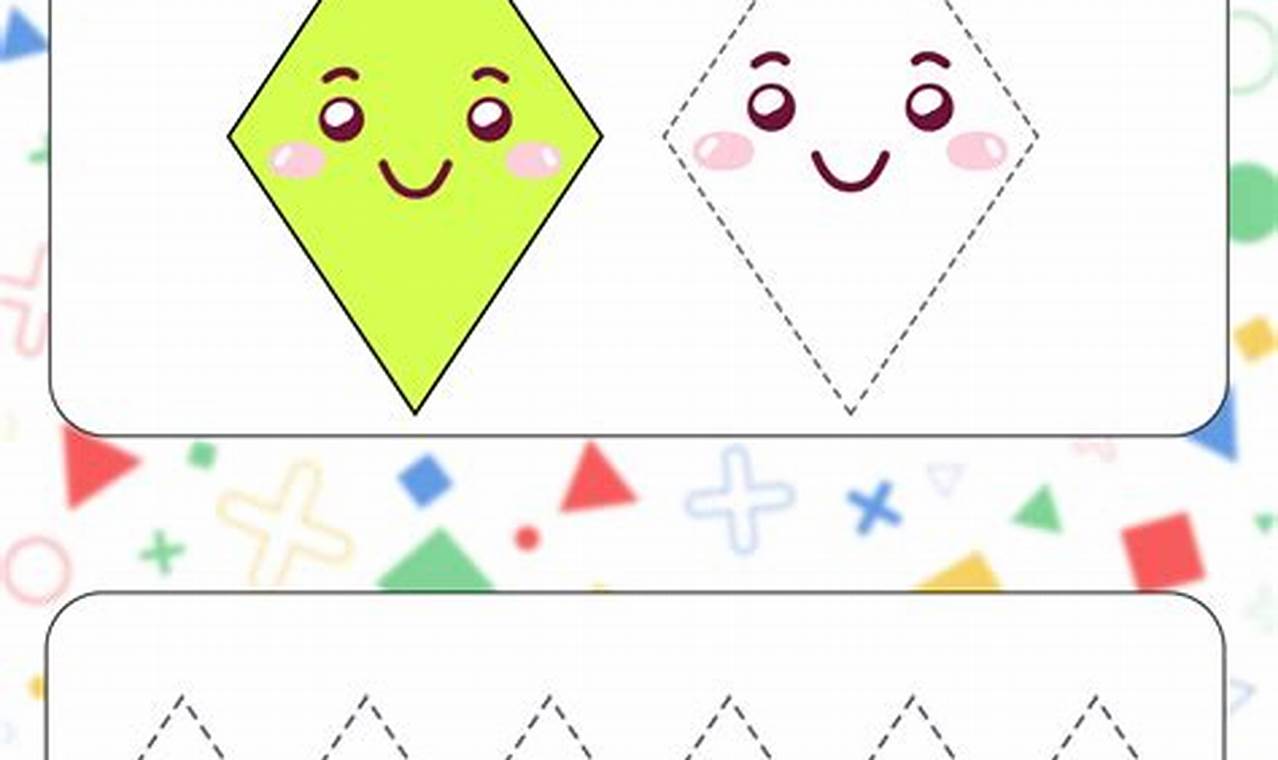Developing the ability to recognize and replicate shapes is a foundational step in a child’s educational journey. This skill is not only crucial for early handwriting development but also forms the basis for understanding geometry and spatial reasoning later in life. Worksheets that focus on tracing shapes and finding them within pictures provide an engaging and effective method for nurturing these essential skills.
Utilizing “tracing shapes and finding them in pictures” worksheets offers several key learning benefits. Such exercises improve fine motor skills by requiring precise hand movements, strengthening the muscles needed for writing. Shape recognition is enhanced as children learn to differentiate between circles, squares, triangles, and more. Furthermore, visual discrimination skills are honed as children identify these shapes embedded within larger images.
The worksheet features a variety of geometric shapes presented in two distinct activities. First, children are guided to trace dotted lines to complete each shape, reinforcing muscle memory and hand-eye coordination. Second, the worksheet presents pictures containing hidden shapes, challenging children to locate and identify them. Bold lines and clear illustrations ensure ease of use and keep children engaged.
To maximize the benefits of the worksheet, begin by explaining the different shapes featured: circle, square, triangle, rectangle, star, and heart. Encourage children to trace each shape carefully, focusing on staying within the dotted lines. When searching for shapes in pictures, suggest starting with simpler outlines and gradually moving to more complex designs. Positive reinforcement and encouragement are key to maintaining interest and motivation. Thick pencils or crayons can be easier for small hands to manage. Break the task into shorter sessions if needed, especially for younger children.
For extended learning, consider complementing this worksheet with other shape-related activities. Kidtraces.com offers a wide array of free printable worksheets focusing on shape identification, coloring, and matching. Hands-on activities like building shapes with blocks or creating shape collages can further reinforce learning. Reading books about shapes or playing shape-sorting games can also provide a fun and interactive learning experience.
In conclusion, worksheets designed for “tracing shapes and finding them in pictures” offer a valuable resource for developing essential pre-writing and visual discrimination skills. By combining tracing practice with shape identification, children are equipped with the tools they need to succeed in future academic endeavors. Readers are encouraged to download this free worksheet and explore the many other resources available on Kidtraces.com to support their child’s continuous learning and development.
